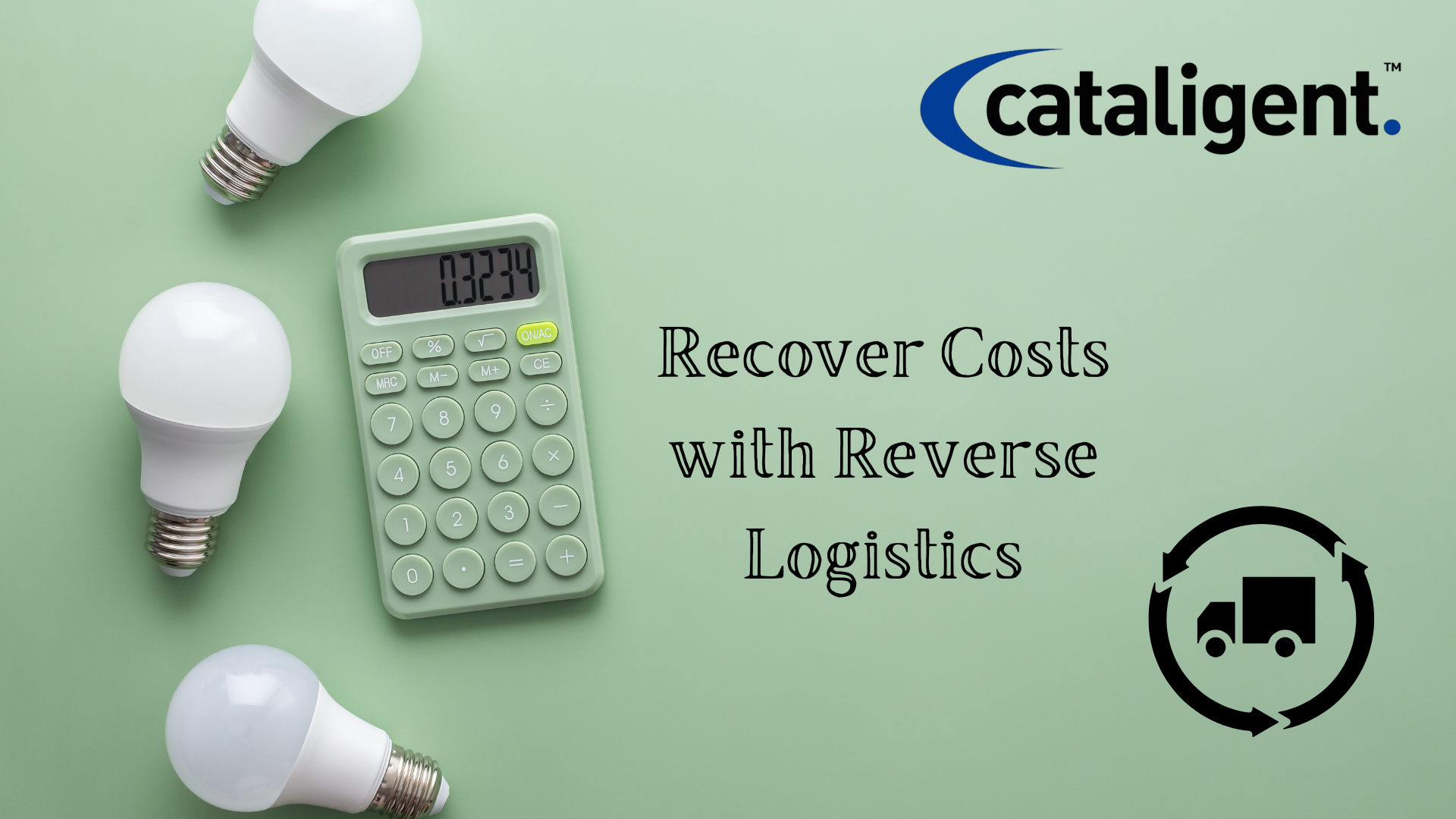Introduction
Reverse logistics plays a crucial role in optimizing supply chain efficiency and recovering value from returned products. Instead of treating returns as losses, businesses can implement structured processes to refurbish, resell, or recycle goods. By enhancing return handling efficiency and reducing waste, companies can turn potential losses into revenue-generating opportunities while minimizing environmental impact.
What It Involves
Reverse logistics focuses on the strategic management of product returns, refurbishments, and resales. Key aspects include:
- Efficient Handling of Product Returns: Streamlining the return process to minimize costs and delays.
- Refurbishment and Resale Programs: Restoring returned items to sellable condition for cost recovery.
- Waste Reduction Strategies: Recycling or repurposing unsellable products to minimize disposal expenses.
Cost-Saving Impact
1. Recovers Value from Returned or Defective Products
- Allows businesses to refurbish and resell products instead of discarding them.
- Generates additional revenue by tapping into secondary markets.
2. Reduces Waste and Disposal Costs
- Decreases landfill expenses by finding alternative uses for returned goods.
- Promotes sustainable business practices that enhance brand reputation.
3. Improves Operational Efficiency and Customer Satisfaction
- Ensures faster processing of returns, leading to quicker resolutions.
- Strengthens customer trust by offering responsible and transparent return policies.
Implementation Strategies
1. Establish Resale or Refurbishment Programs for Returned Goods
Recovering value from returns requires structured programs that extend product lifecycles.
- Implement testing and quality control measures to assess resale potential.
- Offer certified refurbished products at discounted rates to attract budget-conscious customers.
2. Work with Logistics Partners to Improve Return Handling Efficiency
Partnering with third-party logistics (3PL) providers can streamline reverse logistics.
- Automate return tracking and processing using digital solutions.
- Optimize transportation routes to reduce return shipping costs.
3. Implement a Centralized Return Management System
A dedicated system ensures smooth processing and tracking of returned goods.
- Use inventory management software to monitor returned stock.
- Categorize returns based on condition for faster disposition decisions.
4. Offer Incentives for Customers to Choose Sustainable Return Options
Encouraging responsible return practices reduces unnecessary shipping costs.
- Provide store credits or discounts for customers opting for in-store returns.
- Promote trade-in programs to encourage product reuse and recycling.
5. Utilize Data Analytics to Identify Common Return Reasons
Analyzing return trends helps businesses address recurring issues proactively.
- Use insights to improve product quality and reduce return rates.
- Adjust return policies based on customer behavior and product performance.
Conclusion
Leveraging reverse logistics for cost recovery transforms product returns from a financial burden into a value-generating opportunity. By implementing refurbishment and resale programs, optimizing return handling efficiency, and reducing waste, businesses can maximize savings while promoting sustainability. A well-executed reverse logistics strategy strengthens customer trust, enhances supply chain resilience, and contributes to long-term profitability.

